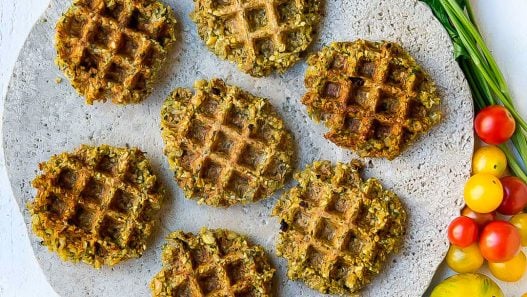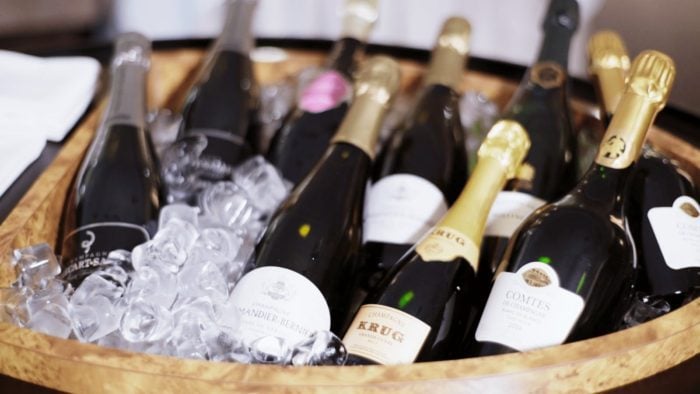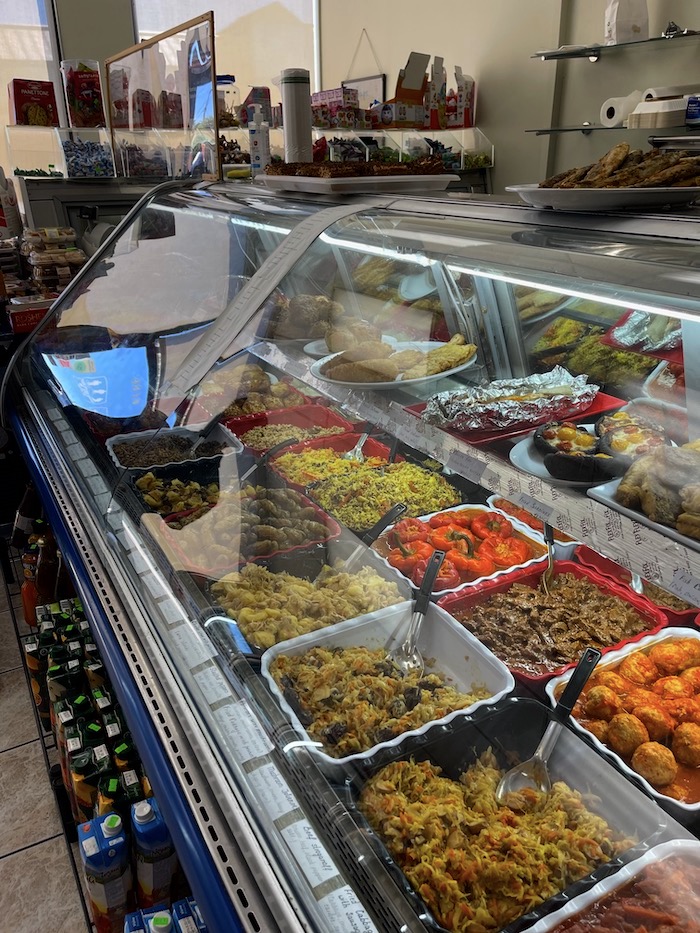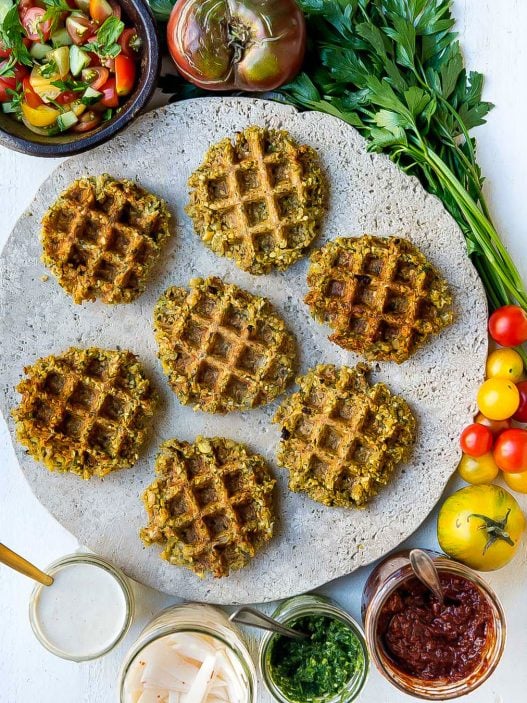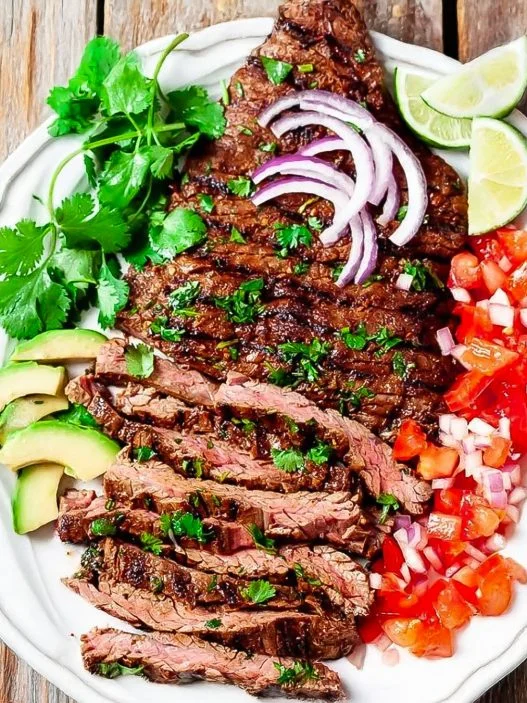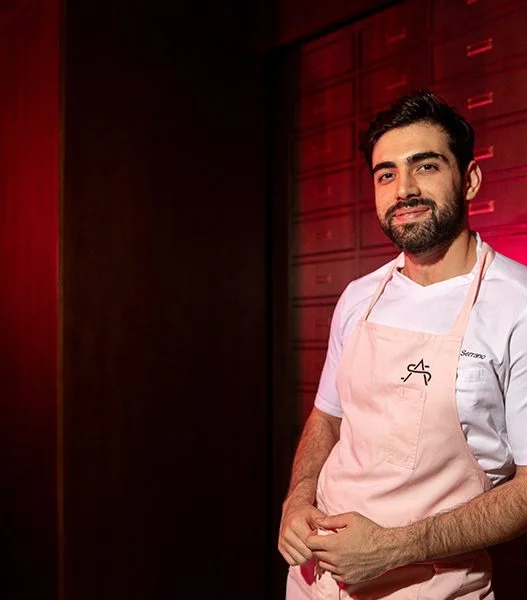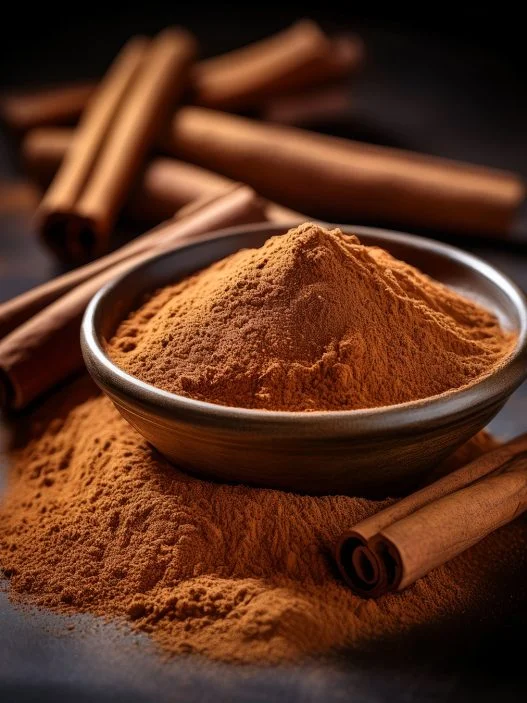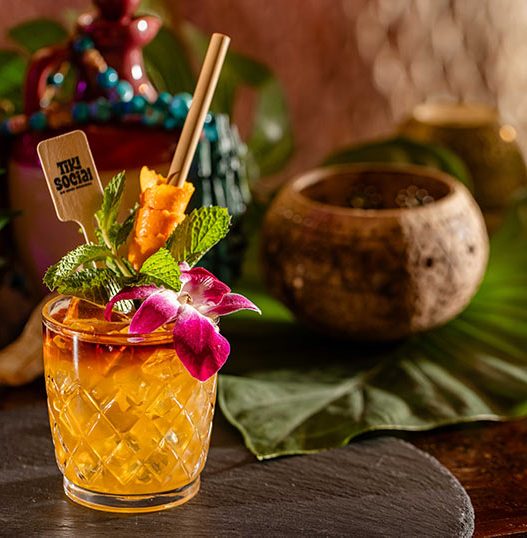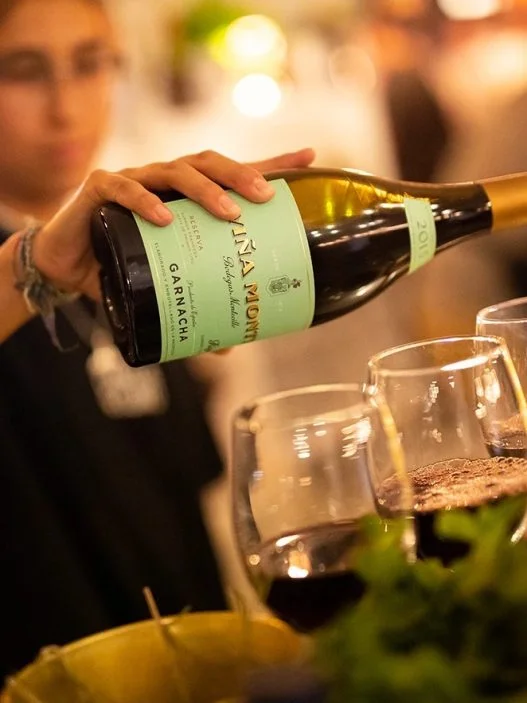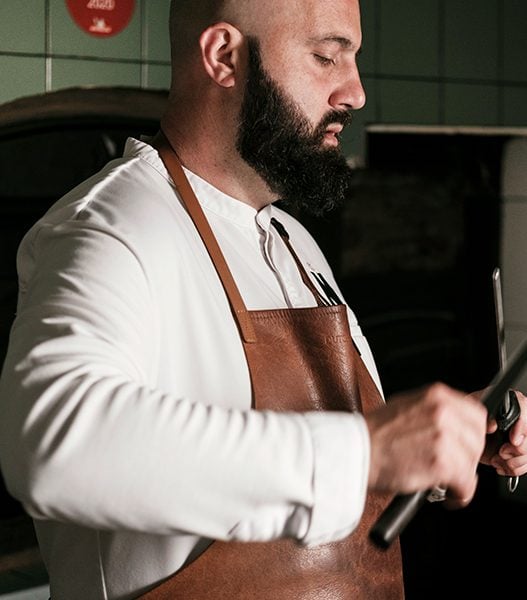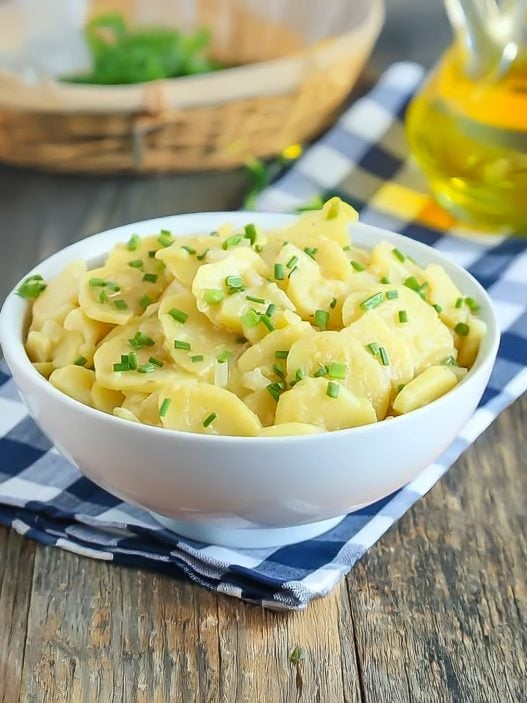Is it Caribbean, Dutch or both? What does Curaçao cuisine consist of and what makes it unique? We talked to some local tastemakers to get some unique insight into this vibrant food culture.
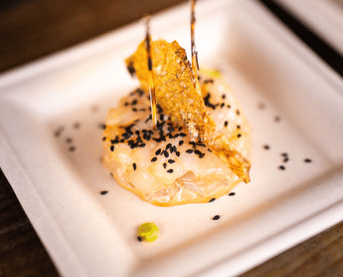
Lisette Keus
Owner of Lionfish and Mangoes.
How would you describe Curaçao cuisine?
The Curaçao cuisine has its roots in the times of slavery and Dutch colonial history. Asian and South American immigrants later influenced the cuisine. To fully understand and appreciate the cuisine, you need to learn about the island’s history and geography. In general you need to “feel it for yourself” alongside locals!
What is one traditional ingredient you cannot live without in your home kitchen?
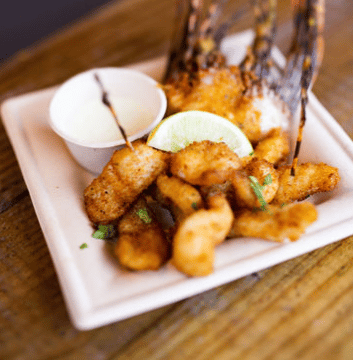
Lionfish, of course. While it’s not a traditional ingredient, as it was introduced to the island in 2009, it’s a must in every Caribbean meal. It’s a locally caught, fresh, and healthy-to-eat fish which you can enjoy with a clean conscience. What’s even better? By eating Lionfish, you can help control the population of the invasive predator.
What is an unknown or unexpected element about the Dushi island that you believe the rest of the world should know?
Curaçao’s cuisine is developing quickly and heading to a Caribbean cuisine 2.0. Currently, many restaurants are exploring hip concepts while many chefs are tapping into new territories. Additionally, our chefs use ingredients grown sustainably, organically, and passionately by our farmers.
______
Lyendrick Isidora
Executive Chef, Curaçao Marriott Beach Resort
How would you describe Curaçao Cuisine?
I would describe it as a mix of Latin, African as well as Dutch cuisine. It’s a vibrant and an equally beautiful representation of our culture.
What is a traditional ingredient you cannot live without in your home kitchen?
I cannot live without nutmeg. We use this spice in most dishes on the island, and it always reminds me of cooking with my grandparents.
What is an unknown or unexpected element about the “Dushi” island that you believe the rest of the world should know?
That Curaçaon people are the nicest, most fun and energetic people in the world.
______
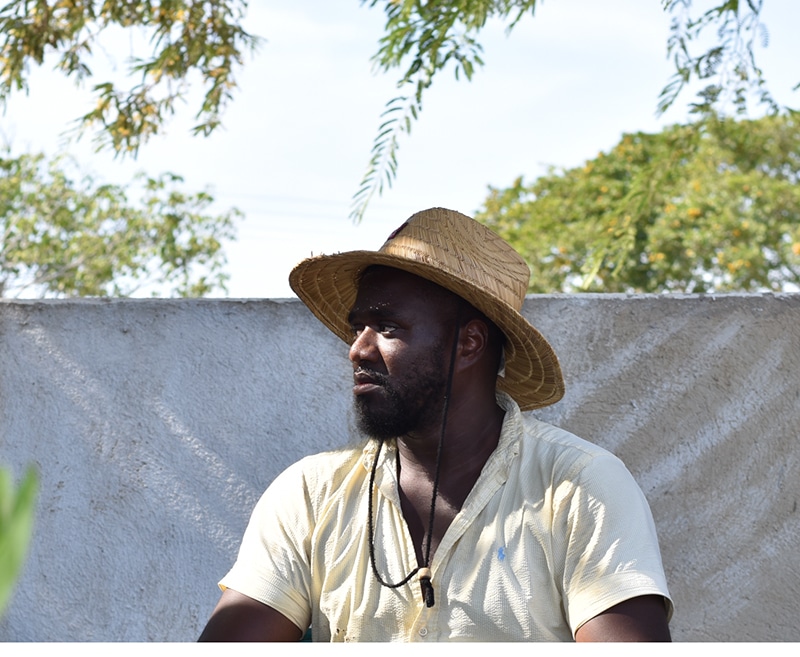
Kris Kierindongo
Owner and Executive Chef, Vittle Art
How would you describe Curaçao cuisine?
“Manumitted Soulful gastronomy.”Manumitted = Freed salve |Soulful = Expressing deep feeling, effort, and knowledge | Gastronomy = By using science and art to create edible masterpieces.
We, as “yu di kòrsou” identify ourselves through food. Unconsciously, everyone participates in linking food with identity. Food is a powerful tool. It reveals our history as humans–adapting from our roots and learned experiences. For instance, if you only have goat liver or corn, you make these ingredients work to create a wholesome meal. Creating edible goodness under critical circumstances activates and transfers our emotions of the past into the future. Today, I see flexible, adaptable culinary traditions. I also deeply respect the people who pioneered and shaped our “kriyoyo” gastronomy.
What is one traditional ingredient you cannot live without in your home kitchen?
Garlic is amazing. It helps to build the savory/umami definition in good food– of course I like it very much. If you use garlic the right way when cooking, even it’s haters will love the food. Furthermore, it is impossible to have a good stew dish without garlic.
What is an unknown or unexpected element about the “Dushi” island that you believe the rest of the world should know?
The upcoming story-telling activities (e.g food concepts) movement. The new generation of entrepreneurs in Curaçao wants their customers to feel and understand their products and services. We are creative and talented people. From musicians to restaurateurs, from local tour instructors to artists. In essence, we are eager to provide quality output. Primarily to promote the “Dushi Experience” called Curaçao.
______
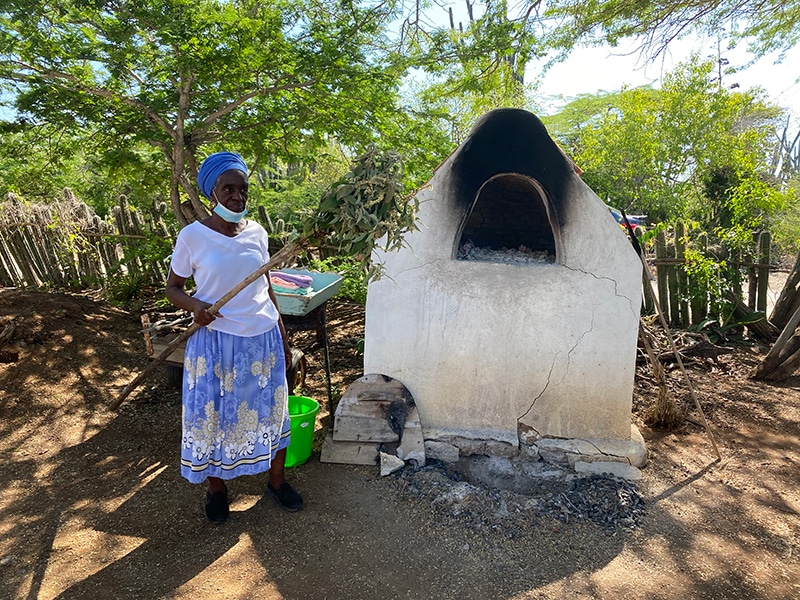
Mildred Offerman Rifaela
Curaçao Pan Sera Expert
How would you describe Curaçao cuisine?
For me, traditional Curaçaoan cuisine is a compilation of traditions and customs.The evolution of the cuisine is sprung forth due to the different needs of a struggling population. For example, vegetable and meat stews became popular because in earlier times our people had limited resources. With one pot you can make stews and soups.
What is one traditional ingredient you cannot live without in your home kitchen?
A pinch of fresh local salt directly from our salt flats. Overall, it’s pure, fresh, and adds an interestingly complex flavor to our dishes.
What is an unknown or unexpected element about the “Dushi” island that you believe the rest of the world should know?
Our connection to mother earth is a beautiful sight for the soul. How we integrate herbs to feed our bodies and heal illnesses is fascinating. For example we have a variety of teas for different symptoms–including aromatic herbs for cooking, or cleaning. Overall, it’s all very interesting.




